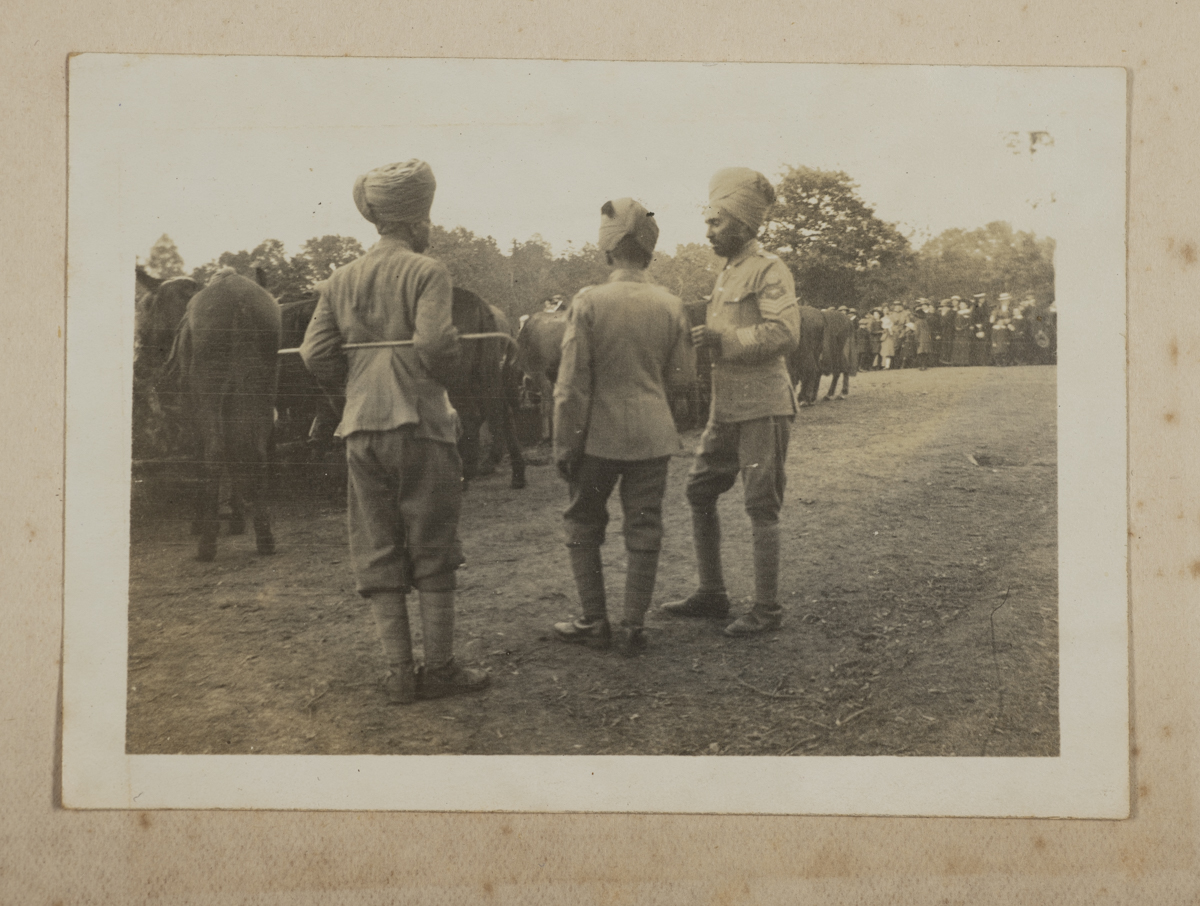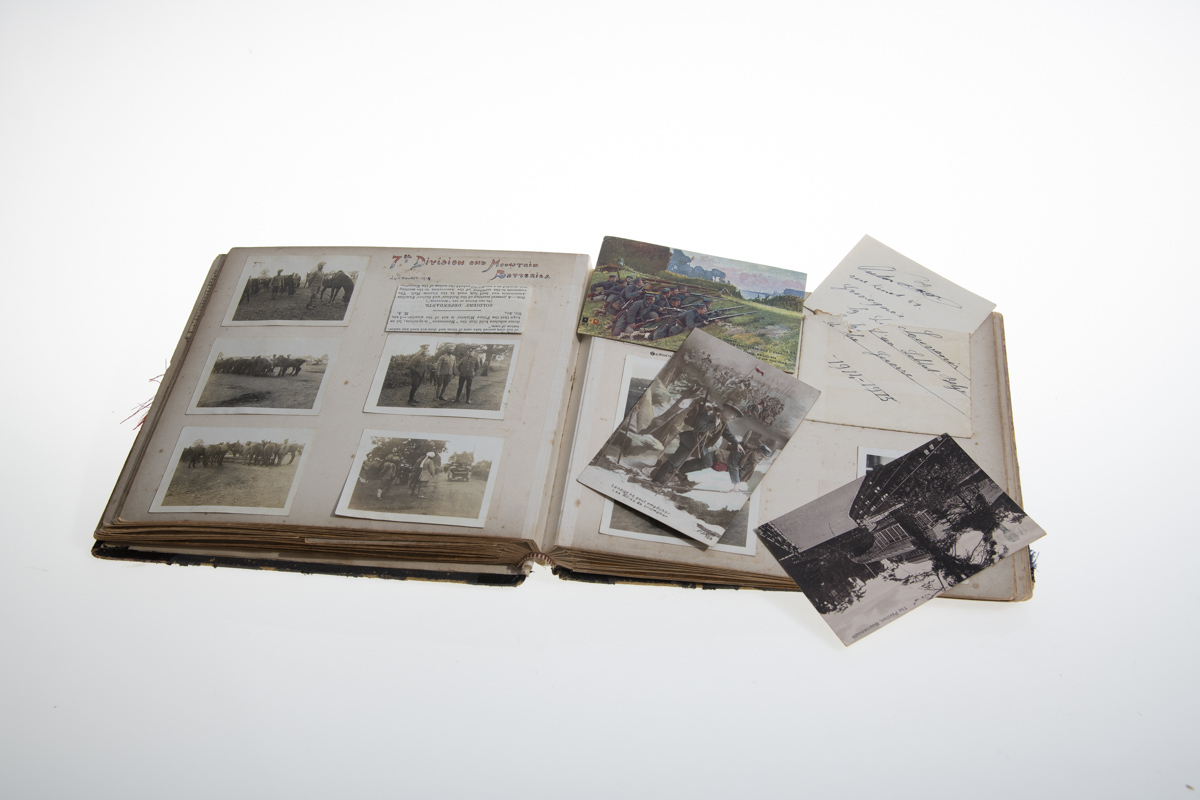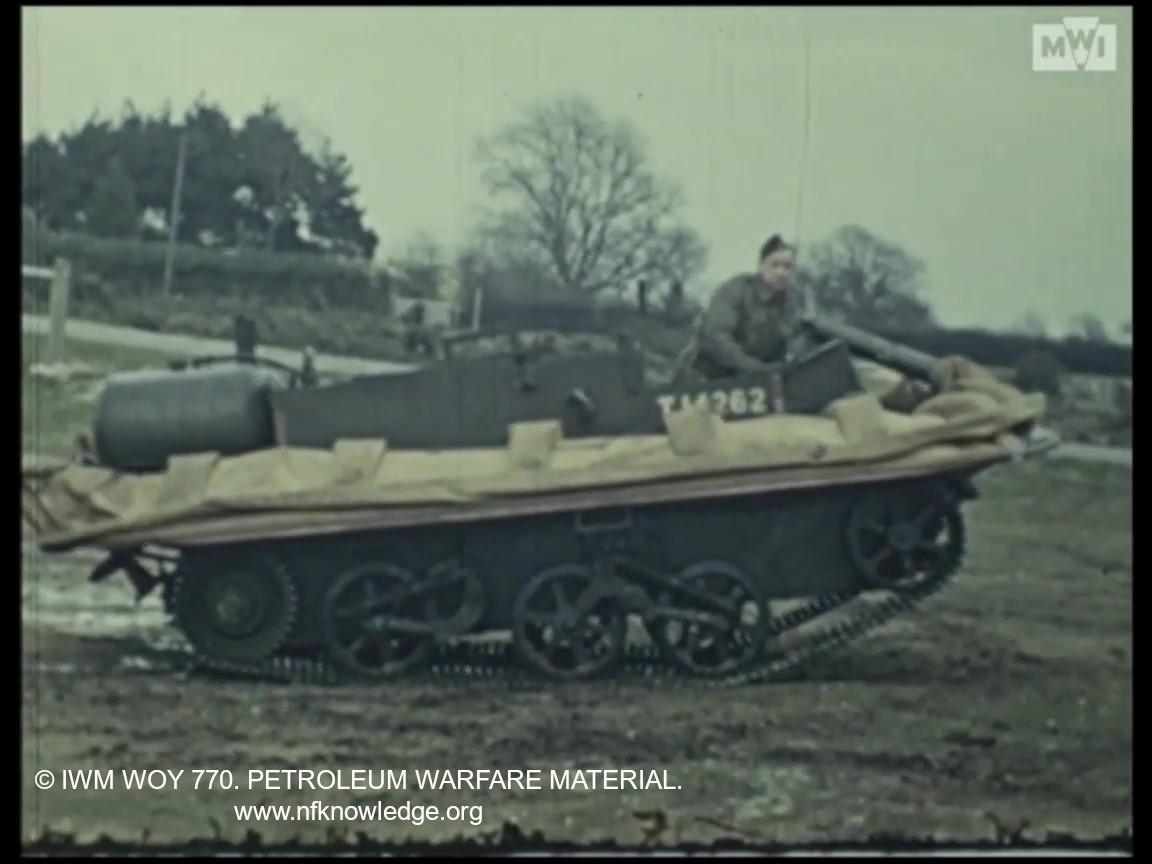Commander Edward Unwin VC CB CMG RN (17 Mar 1864 – 10 Apr 1950)
Edward Unwin was born at Forest Lodge, Fawley near Southampton on 17 March 1864, the son of Edward Wilberforce Unwin JP. After attending private schools in Cheltenham and Malvern, Unwin joined the naval training ship, HMS Conway. On leaving Conway in 1880, Unwin went to sea as an apprentice on the Royal Mail ship Roslyn Castle. Following service with the P & O Line and in the Egyptian Navy, he joined the Royal Navy as a lieutenant on 1 October 1895 seeing active service during the Benin Expedition (1897) and the Second Boer War. Promoted lieutenant commander in 1903, Unwin retired in the rank of commander in 1909.
In 1914, he was recalled to active duty as Fleet Coaling Officer aboard Admiral Jellicoe’s Flag Ship Iron Duke. In March 1915, in preparation for the landings at Cape Helles, Unwin took command of the 4,000 ton converted collier, River Clyde. The plan was to put ashore 2,000 men of the 29th Division on V Beach by disembarking them across a ‘bridge’ of small craft called lighters, lashed together. On 25 April, Unwin ran the River Clyde aground at V Beach as planned.
When the intended bridge boats failed, Unwin, with Able Seaman Williams, ran into the water and began to haul a number of small boats into position instead. The landing began under devastating fire, but Unwin, joined by Midshipman Drewry (qv), (Ref: OMD 4070; WEA 2036) maintained the ‘bridge’ until, near collapse, he had to return to his ship. Ignoring medical advice he insisted on resuming work, this time using a lifeboat to save wounded men lying in shallow water near the beach. Eventually, exhausted, he was forced to stop.
The award of the VC to Unwin, one of five awarded to the Royal Navy for this action (the others were to G L Drewry, W St. A Malleson, G M Samson and W C Williams) was announced on 16 August 1915. Unwin received his VC from the King at an investiture held at Buckingham Palace on 15 June 1916. Unwin left V Beach on 9 May and was sent home suffering from illness, but returned to the Dadanelles later in the summer. By July 1915, he was back at Mudros in command of the cruiser HMS Endymion. Given his previous experience at V Beach, Unwin was put in charge of the lighters used at Sulva Bay on 7 August 1915. For his services at Sulva Bay, he was appointed CMG in March 1916. His subsequent career included command of HMS Amethyst (Mar-Oct 1916); appointment as Principal Naval Transport Officer, Egypt (Jan 1917) and PNTO Eastern Mediterranean (Jan 1918). He received the Order of the Nile (Egypt) (1918) and was appointed CB in May 1919.
Unwin retired with the rank of Captain in 1920. After the First World War, Unwin lived in Cheltenham, before moving to the family seat at Wootton Lodge, Ashbourne, Derbyshire. In 1936, the family seat was sold and Unwin moved to Hindhead, Surrey, where he died in April 1950. In addition to the VC the IWM also holds Unwin’s other orders, medals and decorations ( Ref: OMD 5792-5801). The Documents Archive also holds copies of some interesting papers and photographs deposited by Captain Unwin’s family. There is a diorama of the V Beach landing, featuring the action involving the River Clyde in the collections (Ref: MOD 106).





